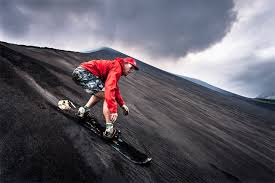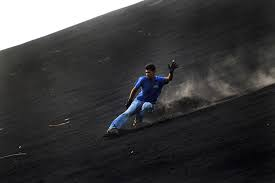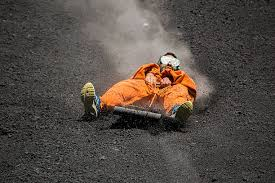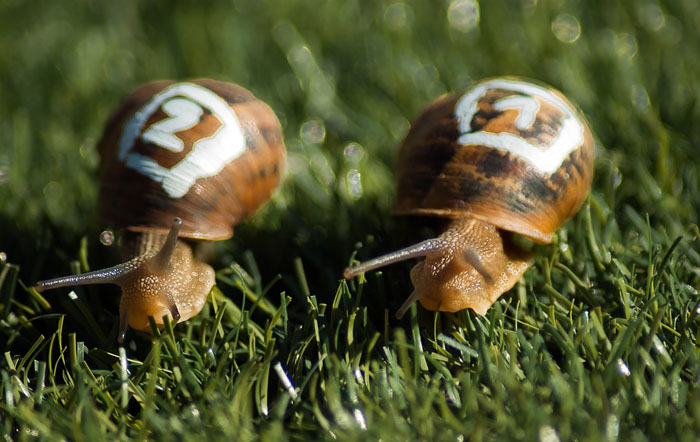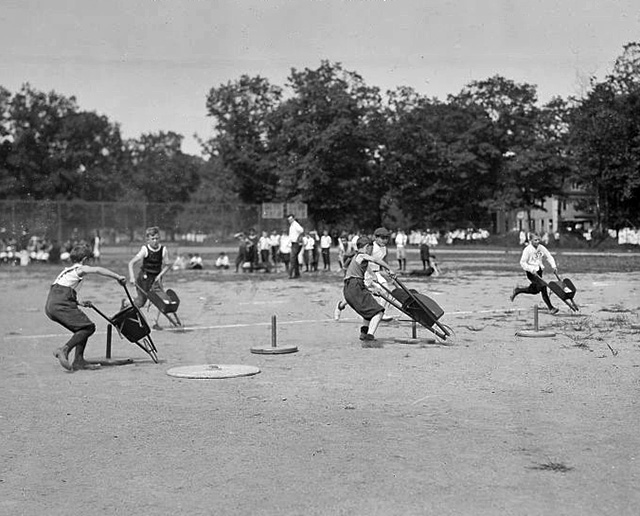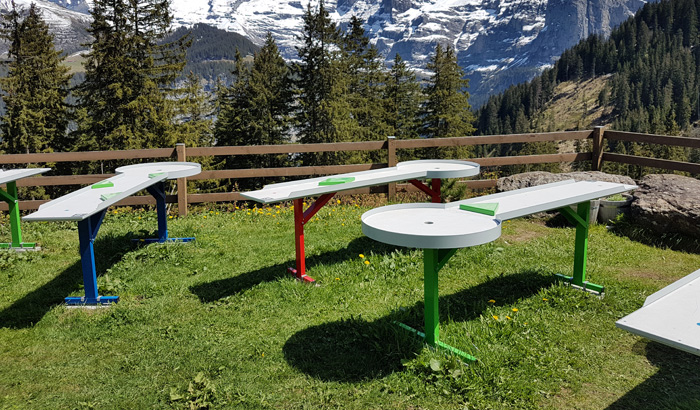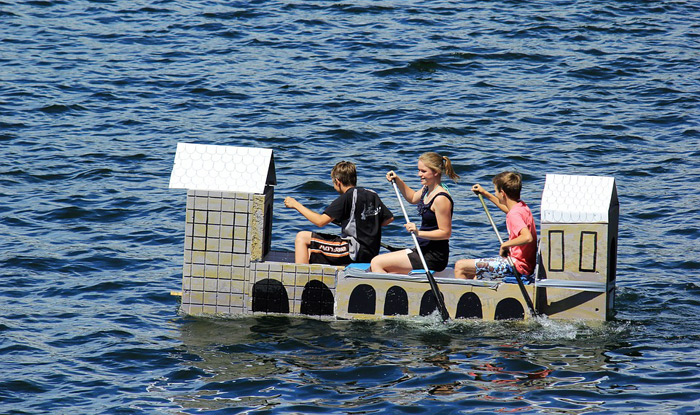Participants incorporate breakdancing, gymnastics, and even martial arts-inspired moves while displaying an advertising sign.
It traces its roots back to the early 2000s when companies trained employees to add flair to their street-side advertising. What began as simple spins and flips quickly turned into an art form, with spinners incorporating breakdancing, gymnastics, and even martial arts-inspired moves. The sport gained momentum, and before long, official competitions were born.
While holding the corrugated plastic sign with custom edging, athletes perform choreographed routines to music, blending freestyle creativity with high-speed spins, flips, and catches. All signs have ads from sponsors or endorsements.
In competitions, participants must ensure the sign can't hit anyone, they cannot leave the ring, and drops are detrimental to the performance. The best spinners get two attempts per heat to achieve the best overall score.
The biggest event in the sign-spinning world is the World Sign Spinning Championship, held annually in Las Vegas. Competitors from around the world gather to show off their skills in a judged format similar to extreme sports.
Judges score spinners on categories like:
- Technical Ability – Complex tricks, seamless transitions, and how well they control the sign.
- Style & Creativity – Unique moves and showmanship that set them apart.
- Execution & Precision – How cleanly tricks are performed without dropping the sign.
What started as a clever way to grab attention, has become a full-fledged competitive sport—and it’s only getting bigger.



